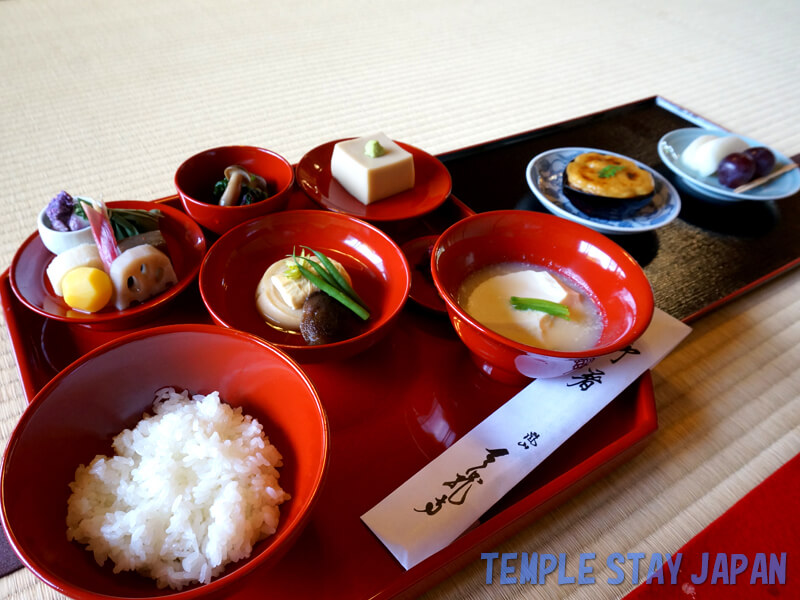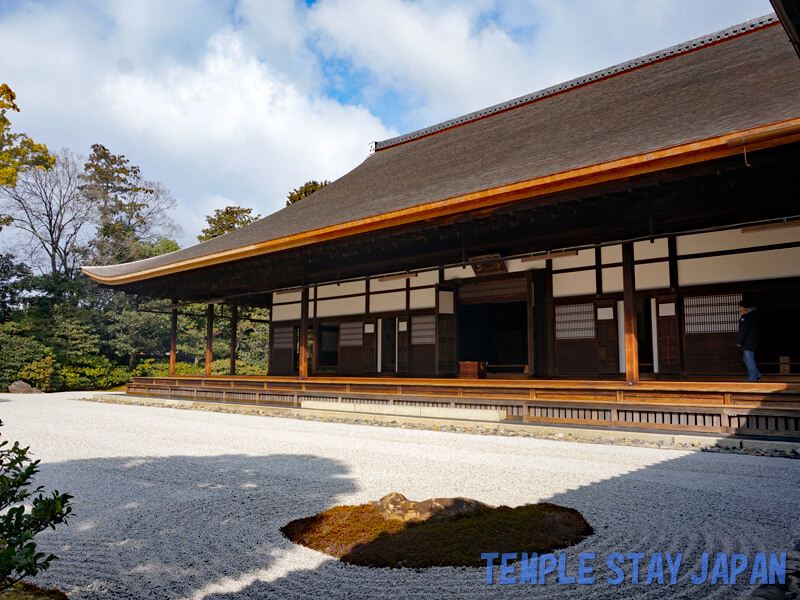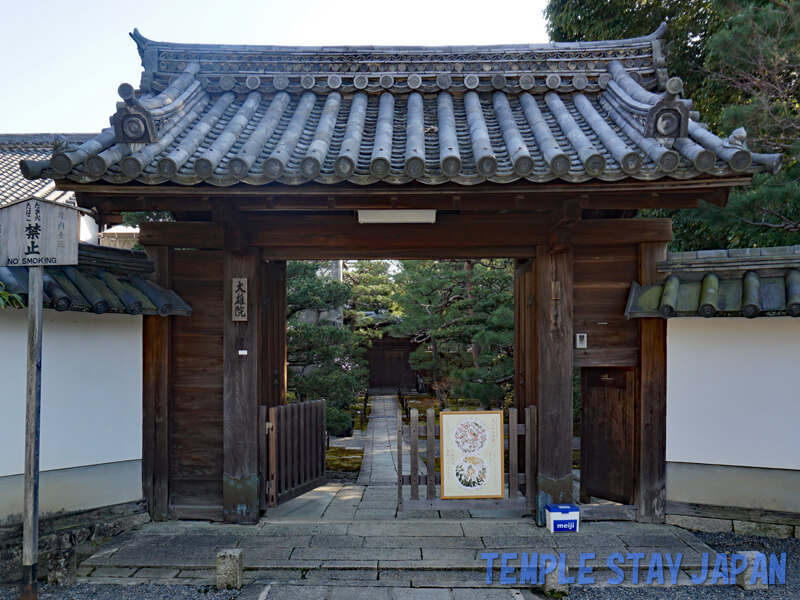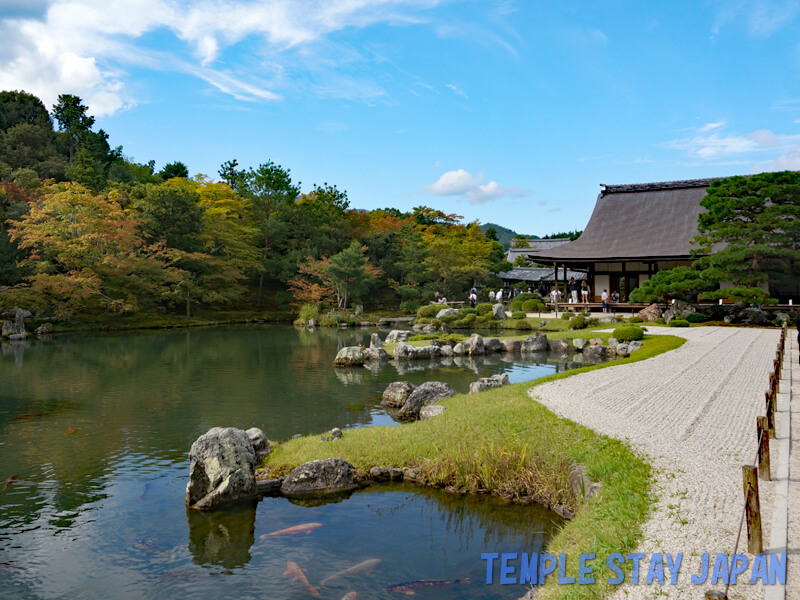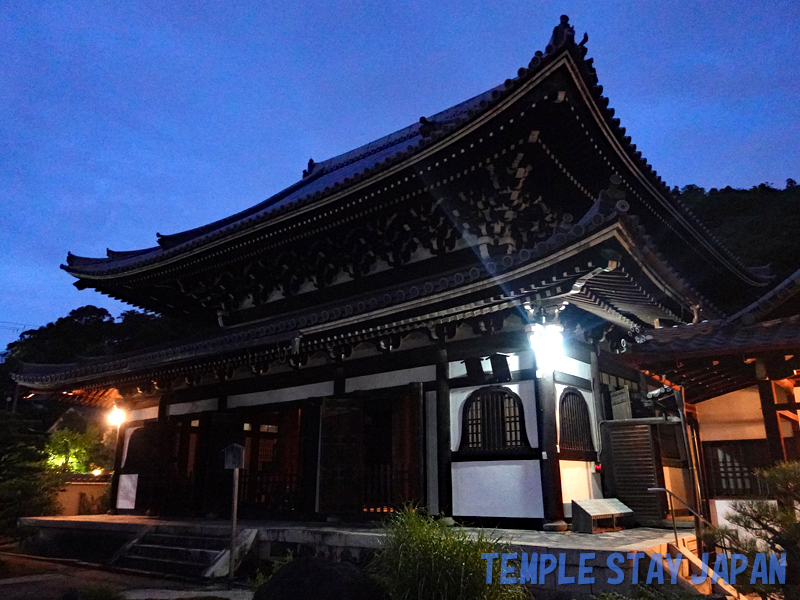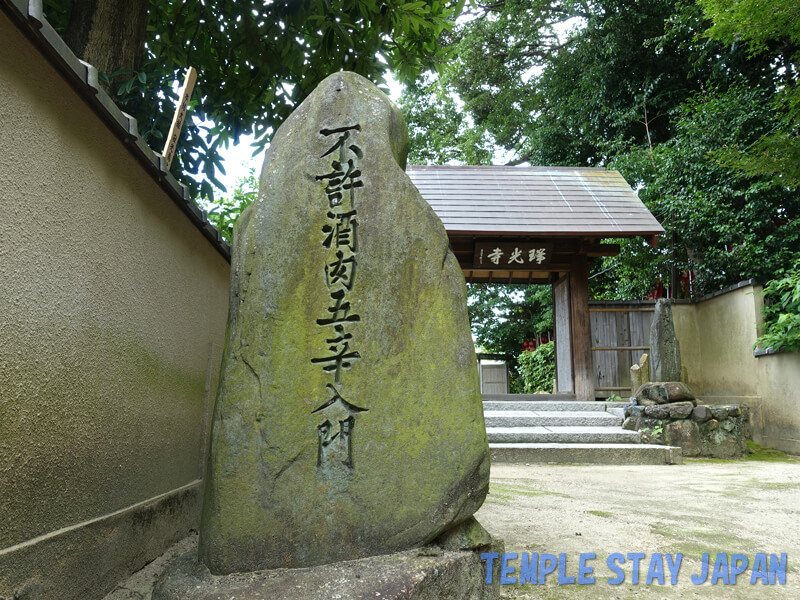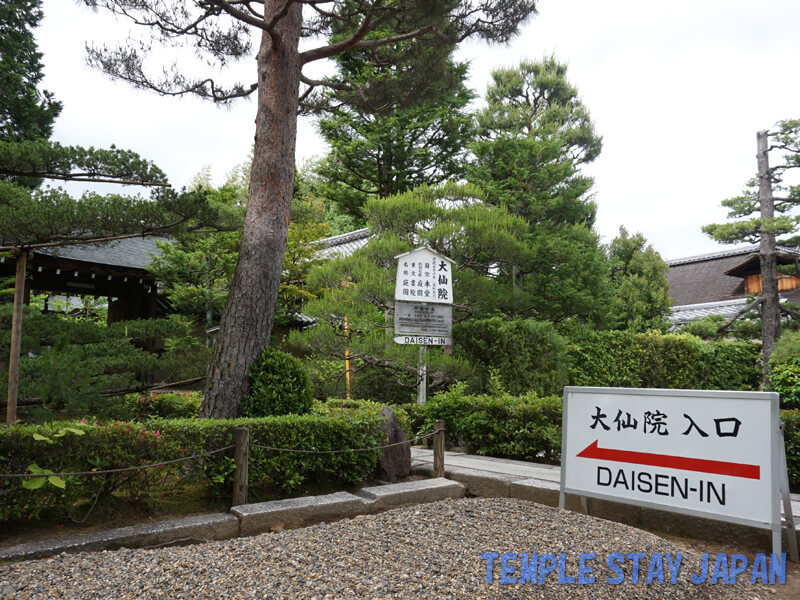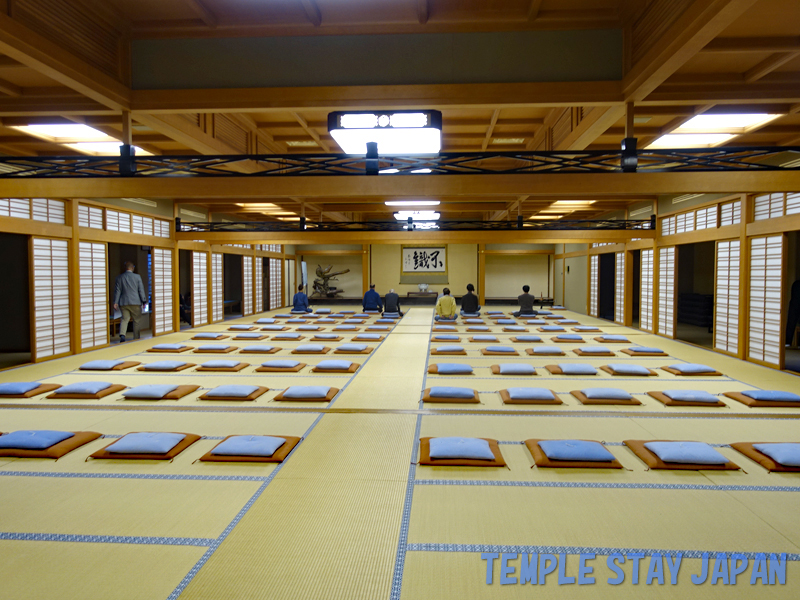There are many historic temples and shrines in Kyoto city. You can enjoy beautiful wooden architecture, Japanese gardens, and experiences related to Buddhism and Shintoism. This is a list of recommended temples and shrines.
Kyoto City– Temples and Shrines List –
-

Kenninji temple (Kyoto) Copying sutras at a Zen temple
Kenninji Temple was founded in 1202 and is the oldest Zen temple in Kyoto. It is the head temple of the Kenninji branch of the Rinzai sect. Copying sutras was available to visitors at any time without the need for a reservation. The Heart Sutra was printed lightly on the copying paper, and I traced it over. -

Tenryuji temple (Kyoto) Traditional Buddhist vegetarian cuisine
I had buddhist vegetarian cuisine at "Shigetsu" located within the temple grounds. It was a charming building with Japanese-style architecture. What I felt after eating the meal was that it was light in flavor but very satisfying. It was not only delicious, but also a meal that taught me about Buddhist thought. -

Kenninji temple (Kyoto) Kyoto’s oldest Zen temple
Kenninji Temple was founded in 1202 and is the oldest Zen temple in Kyoto.It is the head temple of the Kenninji branch of the Rinzai sect. Many cultural assets have been preserved, including the National Treasure Wind God and Thunder God Screen, architecture, gardens, paintings, and more. -

Mugekoin temple (Kyoto) Saturday Night Zazen Session
Mugekoin is a Rinzai sect temple located to the east of Shimogamo-jinja Shrine. Zazen (zen meditation ) sessions are held every Saturday from 6pm to 7pm. Beginners and foreigners are welcome. -

Daioin temple (Kyoto) Morning Zazen Session
Daioin is a sub-temple of Myoshinji Temple that was built in 1603. A Zazen (Zen meditation) session is held in the main hall about once a month. It usually starts at 6:30am on the third or fourth Saturday of each month. No reservations are required to participate. -

Tenryuji temple (Kyoto) A large temple in Arashiyama
It is the head temple of the Tenryuji branch of the Rinzai sect of Buddhism and is also registered as a UNESCO World Heritage Site. This temple is located in Arashiyama, a major tourist destination in Kyoto. At the back of the temple grounds is a beautiful strolling garden with a pond. -

kounji temple (Kyoto) Saturday Night Zazen Session
At Kounji Temple, zazen (zen meditation ) sessions are held every Saturday from 8:00 to 9:00 p.m. I happened to be staying at a nearby hotel, so I attended a zazen session. As I was doing zazen, I heard the sound of frogs croaking outside the main hall. As I sat there, breathing slowly, I felt very calm. -

Zuikoji temple (Kyoto) Wash your money to improve your fortune
Zuikoji Temple was founded in 1655. The main hall has a thatched roof. The main image of the temple is a statue of Sakyamuni enshrined inside the hall. A white dragon is enshrined near the entrance to the temple grounds. It is said that washing money here will bring you good fortune. -

Daisenin temple (Kyoto) zazen (Zen Meditation) experience
Daisenin is a sub-temple of Daitokuji Temple, founded in 1509. It is famous for its Hojo (main hall), which is designated as a national treasure of Japan, and its beautiful dry landscape garden. There is a "Premium Zazen Experience Course" for groups of 2 to 6 people. -

Nanzenji temple (Kyoto) Morning Zazen Session
At Nanzenji Temple, zen meditation sessions are held on the second and fourth Sunday mornings of every month. I practiced zazen in the large hall and in front of the dry landscape garden. I could hear the babbling water, the birds singing and feel the wind blowing, and it really calmed my mind.


